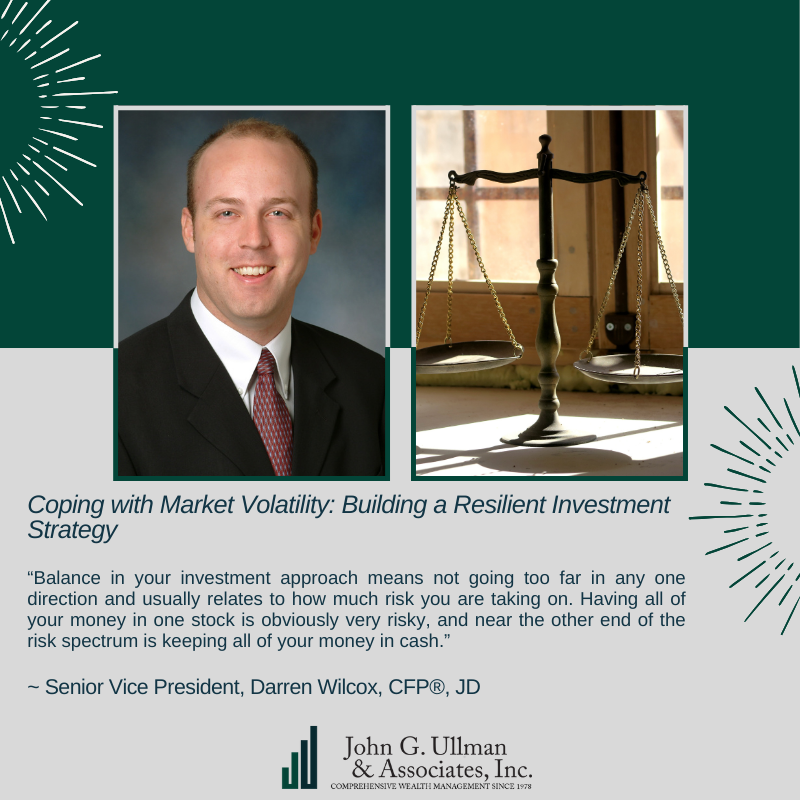There is an ancient story of a man who has three servants. He calls them all to him one day and announces he is going on a long trip and wants them to watch over some of his money while he is gone. To one servant he gave five coins, to another two coins, and to the third servant he gave one coin. The first servant took the five, made some savvy trades and ended up with 10 coins. Similarly the second servant took his two and with some effort turned it into four. But the third servant was worried, he didn’t want to be in trouble if he lost the coin he had, so he buried it in the yard.
Later the man returns and the three servants are called in for an accounting. The first two servants are praised for having made good decisions and increased what they were given. However, the third servant’s explanation of wanting to return what he had been given without any loss was not well received. The man told him that he should have at least given to someone who could have paid some interest on it rather than just burying it in the ground. That servant’s coin was taken from him, it was given to the first servant, and that unwise servant was sent away, no longer a part of the household.
There is a lot of wisdom in that story when it comes to investing. Those first two servants were wise because they didn’t sit back and hope that something would happen with their money, they went out and invested what they had in a way that provided them a good return. The third servant was unwise not because he was afraid of taking a risk, but because he didn’t even try to do something, he simply buried the money and hoped for the best, otherwise known as the ostrich approach.
So who in the story do we best identify with in our approach to investments? And when we see the stock market bouncing around, or dropping five or ten percent, how do we overcome the desire to get out a shovel and dig holes in our yard? Two ways are by maintaining balance in investments and keeping a long-term vision.
Balance in your investment approach means not going too far in any one direction and usually relates to how much risk you are taking on. Having all of your money in one stock is obviously very risky, and near the other end of the risk spectrum is keeping all of your money in cash. A balance is found somewhere in between – a mixture of stocks and bonds or cash alternatives. If the market is up 30% that balance does not give you a 30% return, but it also doesn’t leave you with a 30% loss if the market goes the other direction. If you find yourself waking up at night and worrying about the stock market then you probably should reduce your risk. There is no substitute for a good night’s sleep, no matter how good your investment returns could be.
The balance you choose in your investments depends on your personal risk tolerance – how much risk are you comfortable having in your financial life. Your age can factor into that. A 23-year-old can afford to take on more risk in their investments than a 67-year-old who is about to retire. Time is your friend until one day it isn’t. Adjust your approach over time and remember that there is no perfect solution. What works for your friend Bob might not be the best approach for you.
Along with keeping a good balance in your approach to risk is maintaining a long-term vision. This is especially important for those in their 20s, 30s and 40s. The famous saying is that it’s a marathon and not a sprint and that’s true. One mistake that investors sometimes make is focusing too much on the short term, on what the stock market is doing at 11 am on a Tuesday. If the stock market is down 2% one day it doesn’t mean that you sell everything. If it’s down 5% in one month you don’t need to move your investments to cash (again, back to the shovel and the backyard holes).
Volatility, the ups and downs in the market, is normal. It’s what happens throughout history. If you have a good balance and a plan that is comfortable for you, don’t toss it out at the first sign of trouble. Maybe tweak it a little around the edges if needed and certainly review it regularly, but don’t give up and completely shift tactics because of a downturn. Recognize that what you are seeing is normal and natural and a great opportunity to buy at a discount.
Long-term vision is important, it helps you to recognize that historically the stock market has gone up for decades on average. A quick look at a stock chart will show you that. This means that based on past history, the expectation is that it is going to bounce back eventually. If you aren’t in the market when it bounces back then you have lost the opportunity to recover. Even if you are already in retirement this still holds true, especially if you have a good investment balance. What you are holding outside of the stock market will be protected and should help you weather the investment storms.
So in short, find the balance that works for you and keep focused on the long term. Be careful not to make snap decisions that can cost you down the road and above all else, don’t bury your money in the yard (actually or metaphorically by leaving it all in cash). Your future self will thank you for your patience today.
If you are interested in talking further about this topic or any other relating to your financial present or future, you can reach out to an advisor at John G. Ullman & Associates, Inc. at any point (www.jgua.com). We are here to help!







